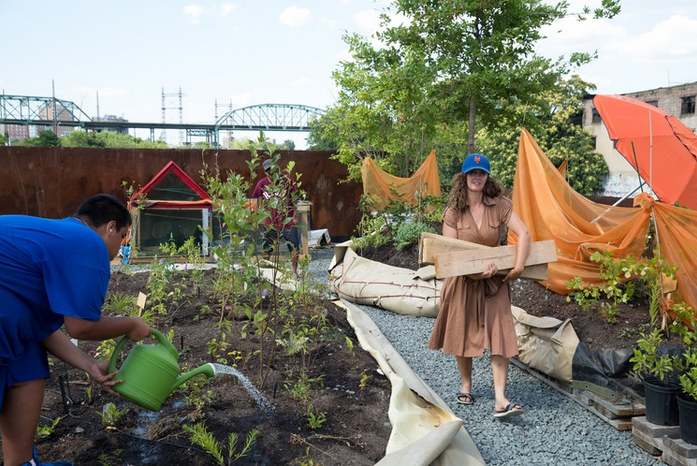A Sly Look at the Pleasures of Summer
PDN Photo of the Day | August 12, 2016
The end of summer is beginning to come into view, but there’s still time for a few more days at beach, and there is one more week for “Back at the Waterʼs Edge,” a group summer show at Robert Mann Gallery in New York City on view until August 19, which collects images of water, sand and beach culture from a range of photographers including Julie Blackmon, Jeff Brouws, Harry Callahan, Joe Deal, Elijah Gowin, Cig Harvey, Michael Kenna and Henry Wessel, among others. Callahan’s view of Cape Cod frames an empty beach and lonely volleyball net, and Kenna pictures dark arrangements of beach chairs under cloudy skies, but others are sunnier and less literal. In some, like Blackmon’s sunbathers on concrete, the kiddie pool in the background is an afterthought. In others, like Deal’s studies of the California coast, the beach is compressed into a slim strip by the ocean on one side and ocean-front real estate on the other. And while Cig Harvey makes a splash in one of her self-portraits, in the other, the sea is only a tiny sliver of horizon framing a vast blue sky.










